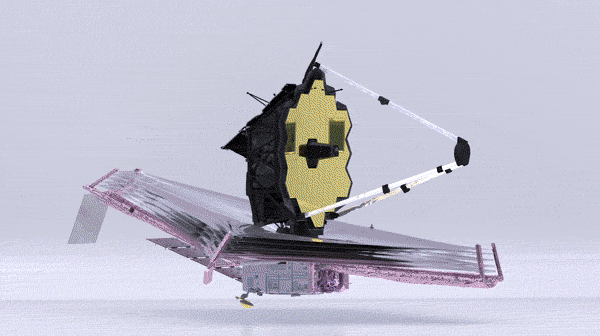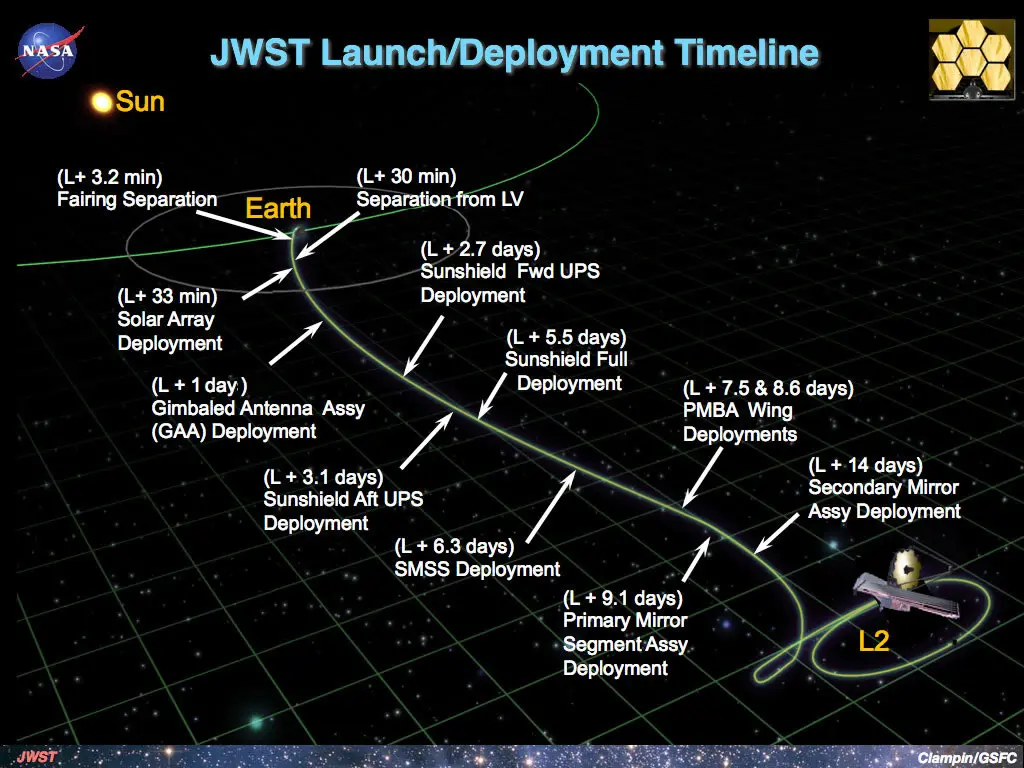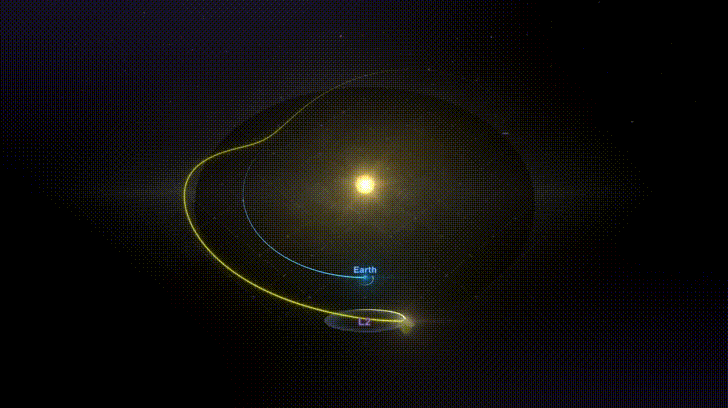James Webb Space Telescope: A Peek at the History of Our Universe

Any child who has known that humans can go to space surely fantasised at least once in their life about becoming an astronaut. I refuse to believe otherwise. This bold statement of mine is not an arrogant generalisation, rather it comes from my faith in human curiosity and thirst for knowledge. What else better represents human curiosity than exploring the infinite vastness of our cosmos.
Lucky for us, not all of us have to become astronauts ourselves to quench that thirst because hundreds of thousands of scientists have been working tirelessly and sharing their discoveries with the world.
And this passing month has been a major milestone for humanity’s space exploration, which has been the first step of fruition from a decades-long project.

What Is This Space-Honeycomb?
Since December 25th last year, the object of the image above has been popping up all over our social feeds, more or less. It provokes questions like, what is it? A sci-fi space probe? A transformer? A time-machine? Let me blow your mind by confirming it’s all of the above.
The James Webb Space Telescope (JWST) is a space telescope built in an international collaboration among NASA, ESA & CSA. The telescope was named after NASA Administrator James E. Webb between 1961 to 1968 and was a key figure in the Apollo program.
At its core, JWST has a 6.5-meter wide mirror made up of 18 hexagons of gold-plated beryllium sheets. The beryllium part provides them with strength, and the gold part allows the desired wavelength of light to be detected accurately. Each of these hexagons is motorised so that they are adjustable from Earth. This is something that was not possible in the Hubble Space Telescope.
Since this is an infra-red telescope intended to detect the earliest sources of light stretched into infra-red waves by the expansion of the universe, scientists had a big challenge avoiding interference from other heat sources, such as the Sun and the Earth.
To achieve this, the JWST is equipped with a tennis court-sized sun shield. It is made out of 5 layers of the sun shield; each layer is cooler than the one below. They are made out of extremely thin sheets of plastic with coatings of Kapton, a highly reflective and heat resistant material. This will allow it to reach as low as only 50 Kelvin (−223 °C; −370 °F) in temperature.
How Far We Came For This
Even though the initiation of the James Webb Space Telescope dates back to as far as 1989, scientists were not able to start on its construction until 2004. Hence, we are some major milestones we have come past until the launch of JWST.
By 2011, all 18 mirror segments had been completed and tested, and by 2013, the construction of the sun shield layers began. Webb’s science instruments were subjected to several extreme temperatures and vibration tests throughout 2013 and 2016.
In 2017, the mirrors and science instruments were connected and tested, then shipped to NASA’s Johnson Space Center in Houston, Texas. Additional environmental tests of the coupled telescope and instrument assembly were conducted in a massive thermal vacuum chamber at Johnson in 2017, despite Hurricane Harvey in late August.
Finally, At 7:20 a.m. EST (1220 GMT) on December 25, 2021, JWST was launched from Center Spatial Guyanais, French Guiana.
The Journey and the Destination
The rocket that carried JWST into outer space is an Ariane 5, a European heavy-lift space launch vehicle developed and operated by Arianespace for the European Space Agency (ESA). It was specifically launched from French Guiana because it is located along the Earth’s equator. This allows the Ariane 5 to use Earth rotation to give it an extra push and fuel efficiency.
Ariane 5 had carried the Webb only for about 26 minutes. After that, it has mostly been travelling on its momentum and the power of its solar arrays. It is predicted to reach its destination 29 days launch its launch. Here is NASA’s infographic for the major stages it is going through in its journey.

One of the fascinating parts about JWST is its destination itself. The relative position in the solar system from which it is going to operate. It is heading for one of five Lagrange points in the Sun-Earth gravitational field. More specifically, its destination is the second Lagrange point (L2), a special location 1.5 million kilometres away from earth, where its sun shield can block both the Sun and Earth (and Moon) all the time.
Lagrange points are the positions where the gravitational pull of two large masses precisely equals the centripetal force required for a small object to move with them. Hence, these allow a mass other than the two gravitational bodies to stay relatively stable and can act as a semi-stable station in their field.
More awe-inspiring fact about JWST is that it will not stay exactly at L2 since it is always in the Earth’s shade. Rather it will be orbiting L2 from a distance where it can access sunlight to power its observatory and engines for communications and course correction.

According to NASA’s latest update, Webb is expected to begin its mid-course correction burn, or insertion burn, into an orbit around L2 on Monday, Jan. 24th.
Prospects In the Horizon
The possibilities of what knowledge Webb is about to discover for humanity are virtually infinite. It is expected to capture images of the earliest formations of stars and galaxies, far back as 13 billion years ago. Who knows, it might be images of the Big Bang itself.
It may allow us to study if there was any probable event of life occurring throughout this whole time frame. And if those life-forms might have made progress to leave marks for sentient beings.
At this point, the imaginations for its discoveries are limitless. Scientists expect the results to exceed even those imaginations. Thus the hope for humanity also becomes limitless.





